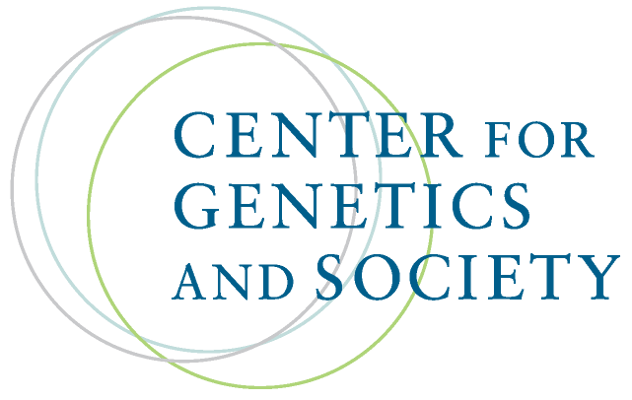Aggregated News

How did Japanese society, which was supposed to have transformed into a democracy after World War II, justify discrimination against people with disabilities and openly endorse eugenics?
This is a key question people may ask in connection with a landmark ruling by the Supreme Court last week that finally declared a defunct eugenics law unconstitutional.
For nearly 50 years, the 1948 law facilitated forced sterilization surgeries for thousands of people with disabilities as a national policy. In a unanimous decision by the 15-justice bench, the top court held the government liable for compensating the victims and rejected the application of a 20-year statute of limitations on damages claims.
"At that time, (the government) believed it was acting with good intentions, not evil intentions," said Yasutaka Ichinokawa, a professor of sociology at the University of Tokyo's Graduate School of Humanities and Sociology, who is familiar with the history of eugenics. "A similar thing can happen again," he warned.
According to Ichinokawa, before the war Japan already had a national eugenics law that paved the way...



